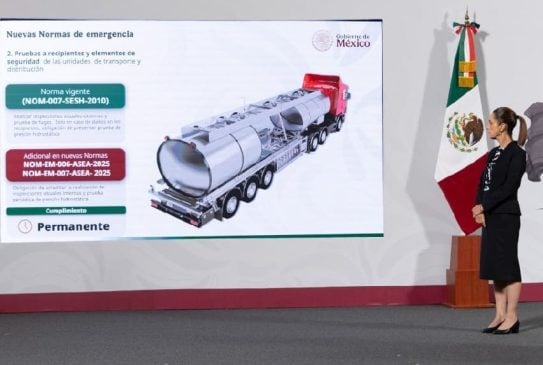Mexico City, Mexico — The Mexican exhibition Mayas: Ceiba and Cosmos has opened at the Henan Museum in Zhengzhou, People’s Republic of China. The Mexican display of 206 pieces will remain open until October 8.

The display was organized by the Ministry of Culture of the Government of Mexico, through the National Institute of Anthropology and History (INAH) and the National Coordination of Museums and Exhibitions, in conjunction with the Beijing KYUN Exhibition LTD and the Henan Museum.
The curatorial proposal addresses the importance of the ceiba tree in the sculptural and pictorial arts of the Mayans of all eras, a prototype of the concept of a tree that, through its structure, connects the underworld through its roots, the middle world through its trunk, and the sky through its foliage in the heights.
In turn, the beings that inhabit the various spaces of the Mayan cosmos display in their plastic life characteristics that are characteristic of this universal architecture.

The curatorship was carried out by anthropologist Alejandro González Villarruel, social anthropologist and author of the book The Hidden Tiger , Natalia Gabayet González, and archaeologist José Luis Rojas Martínez.
The exhibition is organized into four thematic areas: I. The Sky: Entities and Movements; II. The Earth: The Intermediate World of the Maya; III. Xibalbá, the Aquatic Mirror of the Worlds; IV. The Calendar: The Ritual Marking of Time.
The exhibition’s discourse begins with colonial historical sources, continues with archaeological interpretations, and finally, to support the continuity of certain concepts, highlights ethnographic contributions.

Likewise, for the exhibition, the Mayan cosmos is represented in the vertical plane of the ceiba tree, but museographically it is done by inverting it to the horizontal plane, comments the curatorial team.
The central argument of the project is that the Mayan universe is spatially divided into sections that transgress Western Cartesian conceptions of time, materiality, and geography.
The exhibition includes 206 pieces of Mayan culture from national, regional, state, and private museums.

Some of the works that the public will be able to admire in China include figurines from the island of Jaina, in Campeche, incense burners from Palenque, vases, braziers, bowls and polychrome plates, faces with headdresses and cranial deformations characteristic of the region, a throne with glyphs from the Tortuguero site and Atlantes from Chichén Itzá, as well as reproductions of the Calakmul mask and a pectoral. The exhibition will tour the cities of Henan, Hebei and Shanxi in China.


